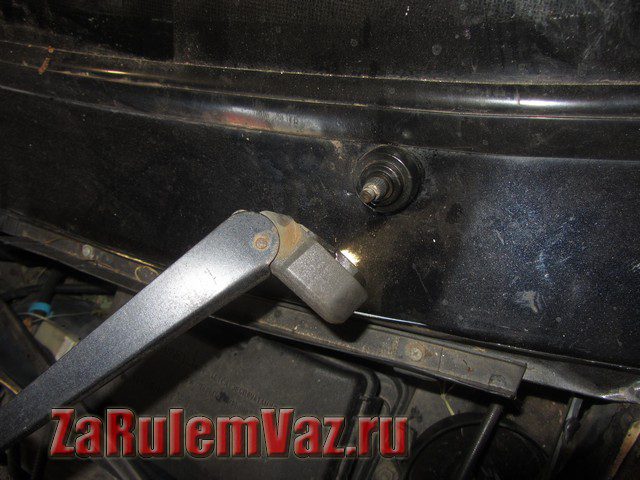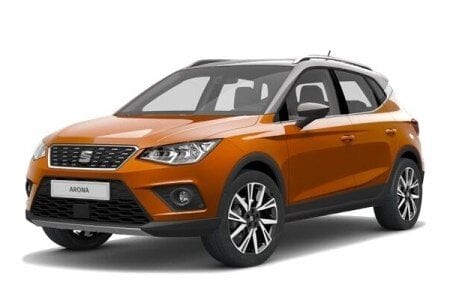Abarth 595 VS Suzuki Swift Sport: Icon Wheels Face-OFF – Auto Sportive – Icon Wheels
Content
Abarth 595 VS Suzuki Swift Sport: Icon Wheels Face-OFF – Auto Sportive – Icon Wheels
Small and not very powerful sports cars, similar in power, but different conceptually. Let's see the differences on paper
La Abarth 595 и Suzuki Swift Sport they may look like very different machines, but they actually have a lot in common. They have almost the same weight, the same power, a 1.4 turbo engine and front-wheel drive. The price is similar too, but while the Abarth is a bit messy and gregarious, the Suzuki is more timid, balanced and even comfortable.
Oba fun to drive along the winding road, Suzuki because it is precise and balanced, and 595 is more for the roar of the engine and rebellious temperament.
Let's see together how these two sports cars differ on paper.
dimensions
La Suzuki Swift Sportat 389cm long and 174cm wide, it is half the size of the Abarth 595 which measures 366cm and 163cm respectively. Swift is also taller and more spacious: 174 cm versus 166 cm for the Italian. Consequently, the wheelbase of the Italian is really short, at only 230 cm, while the Japanese has 245 cm, which makes it more stable and livable.
No one has trunk write down but Quick с 265 liters far superior to one 185 liters of Abarth.
Despite being smaller, the 595 weighs more – 1.120 kg versus 1.045 kg for the Sport.
Potenza
Both have an engine four-cylinder turbo 1,4 liters. It is a Suzuki pay out 140 h.p. at 5500 rpm and 230 Nm torque at 2500 rpm; while it's out Abarth 145 CV at 5500 rpm and 206 Nm at 3000 rpm / min. Thus, the Italian is more powerful than a few horses, but it has less torque and lower speed than the Japanese.
performance
небольшой Abarth 595 however it comes back in frame from 0 to 100 km / h, where it is 3 tenths ahead of Swift (7,8 seconds vs 8,1)... And the maximum speed for both is the same: 210 km / h.
I consumption instead, they give preference to the Japanese with the stated mean 5,6 l / 100 km versus 6,6 l / 100 km in the Abarth.

